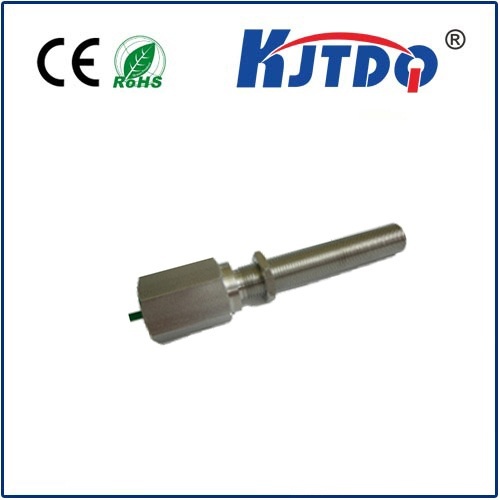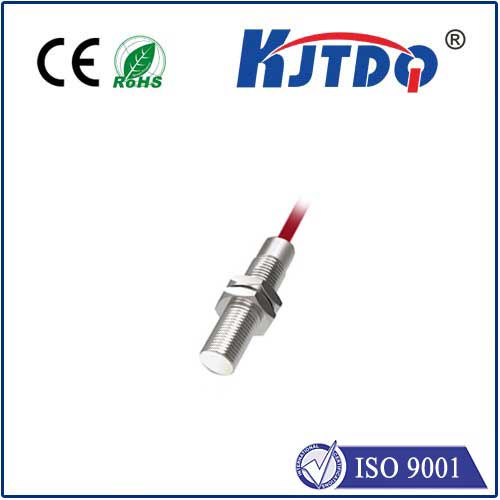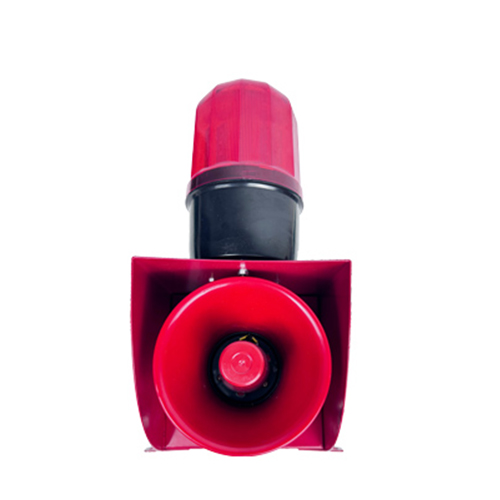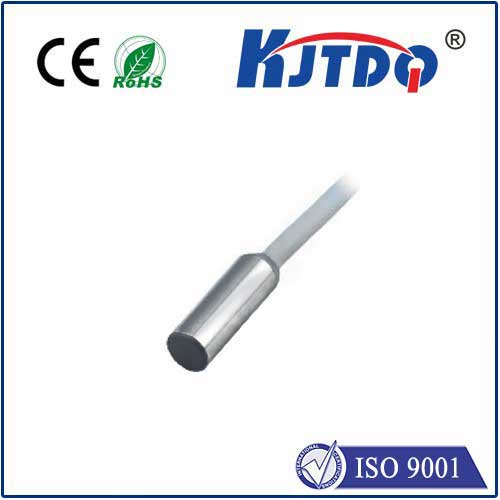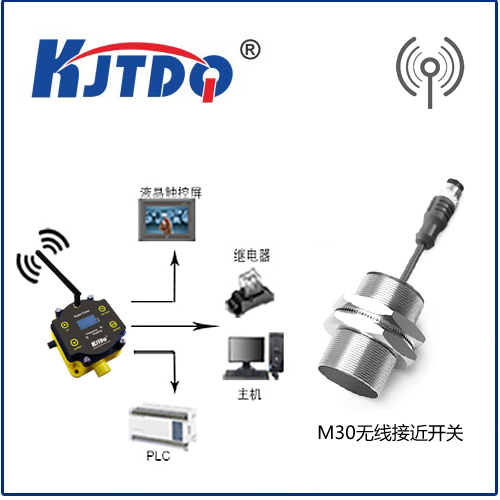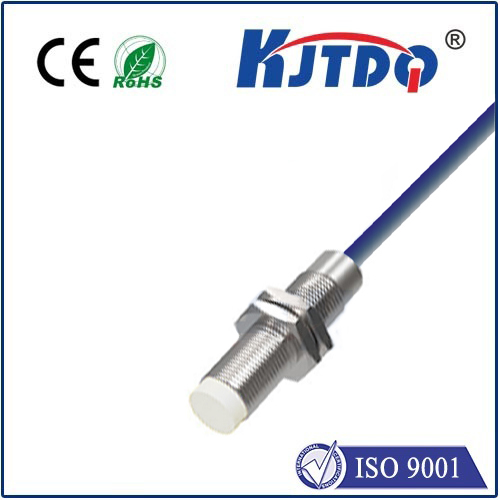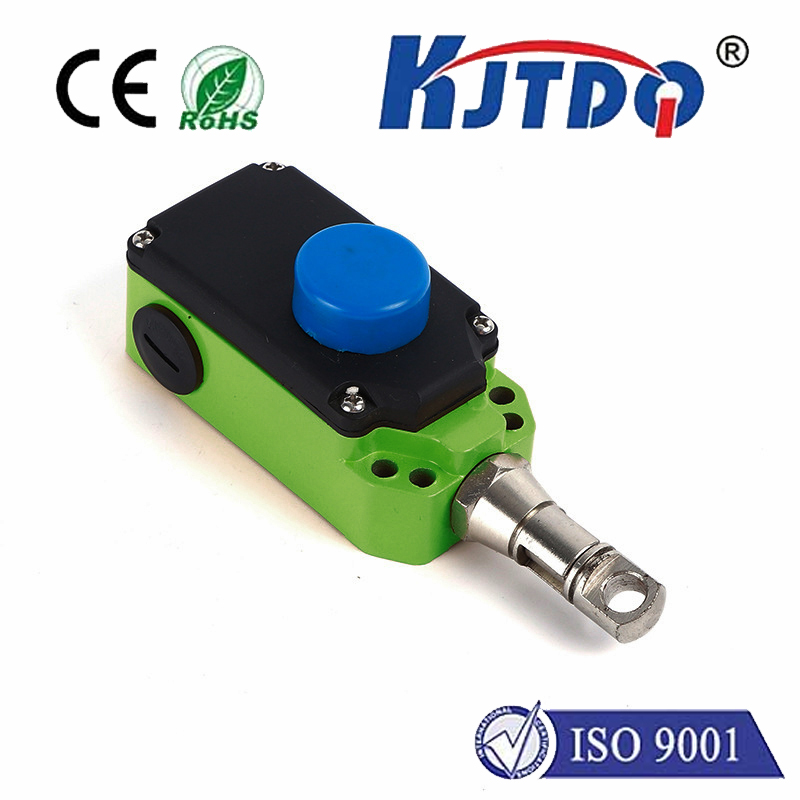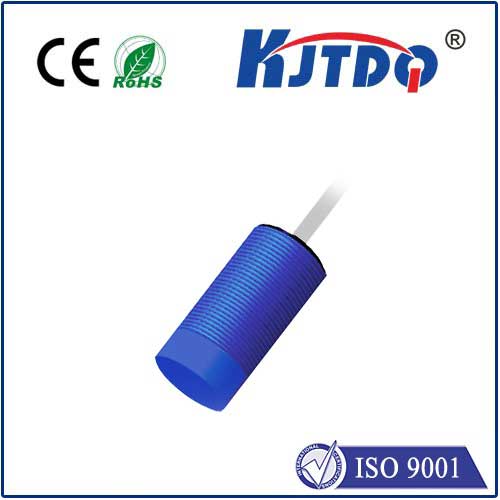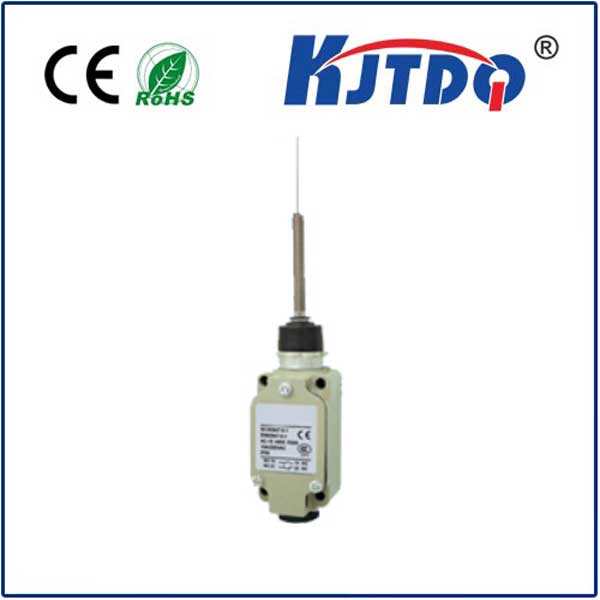photoelectric switch sensor
- time:2025-07-23 11:33:17
- Click:0
Photoelectric Switch Sensors: The Unseen Sentinels of Modern Automation
Imagine a world where manufacturing lines grind to a halt, security gates malfunction, or packaging systems lose precision – all because a simple detection task failed. This potential chaos is precisely why an unsung hero thrives on factory floors, within complex machinery, and even in everyday devices: the photoelectric switch sensor. These ingenious devices, fundamentally marrying light and electronics, offer a remarkably reliable and versatile solution for non-contact object detection, becoming indispensable eyes within automated systems.
Understanding the Core: Light as the Messenger
At its essence, a photoelectric switch sensor operates on a beautifully simple principle: it detects objects using light. It consists minimally of two core components: a light emitter (typically an LED, often infrared for immunity to ambient light) and a light receiver (usually a phototransistor or photodiode). The sensor’s job is to monitor the beam of light projected by the emitter. The fundamental “switch” action happens based on the interruption or presence of this light beam at the receiver. When the beam’s status changes (e.g., broken by an object or reflected back), the sensor’s internal circuitry triggers an electrical output signal – typically turning a load on or off. This ability to detect without physical touch is its defining advantage.
Navigating the Different Types: Choosing the Right Eye

Not all detection scenarios are alike, and photoelectric sensors have evolved into distinct types to excel in various environments:
- Through-Beam Sensors (Opposed Mode): This configuration offers the longest detection ranges and highest accuracy. The emitter and receiver are separate units positioned directly opposite each other. Detection occurs when an object interrupts the light beam traveling between them. Ideal for: Precise detection over long distances, dirty environments (as the lens can stay cleaner), high-speed counting.
- Retroreflective Sensors: Here, the emitter and receiver are housed together in one unit. A special retroreflective target (like a prismatic reflector) bounces the emitted light beam directly back to the receiver. Detection happens when an object blocks the path between the sensor and the reflector, preventing the beam’s return. Ideal for: Where mounting opposite units is impractical, medium-range detection, detecting opaque objects reliably.
- Diffuse Reflective Sensors (Proximity Mode): Also combining emitter and receiver, these sensors detect the light reflected directly off the surface of the target object itself. The detection range is generally shorter than the other types and highly dependent on the object’s color, texture, and reflectivity. Ideal for: Close-range detection, cost-effective solutions for detecting objects without needing a separate reflector, detecting objects on conveyors where mounting options are limited.
Why Photoelectric Sensors Reign Supreme: Key Advantages
The widespread adoption of photoelectric switch sensors isn’t accidental. Their dominance over traditional mechanical limit switches stems from critical benefits:
- Non-Contact Operation: The absolute lack of physical interaction eliminates wear and tear on both the sensor and the target object. This translates directly to dramatically increased longevity and reliability.
- High-Speed Detection: Light travels fast! These sensors can detect objects passing at incredibly high speeds, far exceeding the capability of mechanical switches, making them perfect for high-speed production lines and counting applications.
- Long Sensing Ranges: Especially through-beam sensors can detect objects several meters away, something mechanical switches simply cannot achieve.
- Versatility with Targets: While diffuse sensors are sensitive to surface properties, through-beam and retroreflective types can reliably detect a vast array of objects – transparent or opaque, shiny or matte, solid or liquid (depending on setup). This adaptability to diverse materials is crucial in complex industrial settings.
- Resistance to Contaminants: Enclosed designs and focused light beams make many photoelectric sensors remarkably resistant to dust, dirt, moisture, and vibrations – common challenges in industrial environments. Contrast this with mechanical switches where grime easily causes failure.
- Consistent Performance: Once installed and aligned, photoelectric sensors provide high repeatability and accuracy without adjustments needed for wear.
Selecting the Right Photoelectric Switch Sensor: Critical Considerations
Choosing the optimal photoelectric sensor requires careful thought beyond just the type:
- Application Environment: Is it dusty, wet, outdoors, subject to extreme temperatures, or high vibration? Environmental protection ratings (IP Rating) are vital. Industrial automation demands ruggedness.
- Target Object Properties: Size, color, material (transparent/opaque), surface finish (shiny/matte), and expected orientation relative to the sensor.
- Required Sensing Distance: How far away does the object need to be detected? Remember, ranges vary significantly between sensor types (Through-Beam > Retroreflective > Diffuse).
- Required Response Time/Speed: How fast is the object moving? Ensure the sensor’s response speed matches the application demands.
- Output Configuration: Does your controller need a simple on/off signal (PNP/NPN transistor)? Or perhaps an analog output for distance measurement? Maybe IO-Link for advanced diagnostics? Selecting the right output type is essential for integration.
- Mounting Constraints: Space limitations dictate sensor size and shape. Adjustability features on mounting brackets can be invaluable.
Beyond the Basics: Advanced Features
Modern photoelectric sensors often incorporate sophisticated features enhancing their utility:
- Background Suppression: Focuses detection on objects within a very specific distance range, ignoring objects or surfaces behind the target (crucial for detecting objects on conveyors).
- Foreground Suppression: Ignores objects closer than the defined sensing range.
- Fixed Field & Adjustable Field Sensing: Allows precise tuning of the detection field.
- Laser Diodes: Provide an extremely precise, visible beam for pinpoint alignment and detection of very small objects.
- IO-Link Communication: Enables advanced diagnostics, remote parameter setting, and integration into Industry 4.0 data networks.
- Light Operate / Dark Operate Mode: Configures whether the output activates when light is received (Light Operate) or when the beam is interrupted (Dark Operate).
From ensuring bottles are filled on a high-speed beverage line to verifying a garage door is closed for safety, or counting packages zipping down a conveyor, the photoelectric switch sensor is a cornerstone of reliable automation. Its blend of simple physics, robust engineering, and continual innovation makes it an enduring solution. By understanding the different types, recognizing their distinct advantages, and carefully matching the sensor to the application’s specific demands, engineers and technicians unlock the full potential of these silent, sentinel-like components, driving efficiency and reliability in countless unseen ways.












